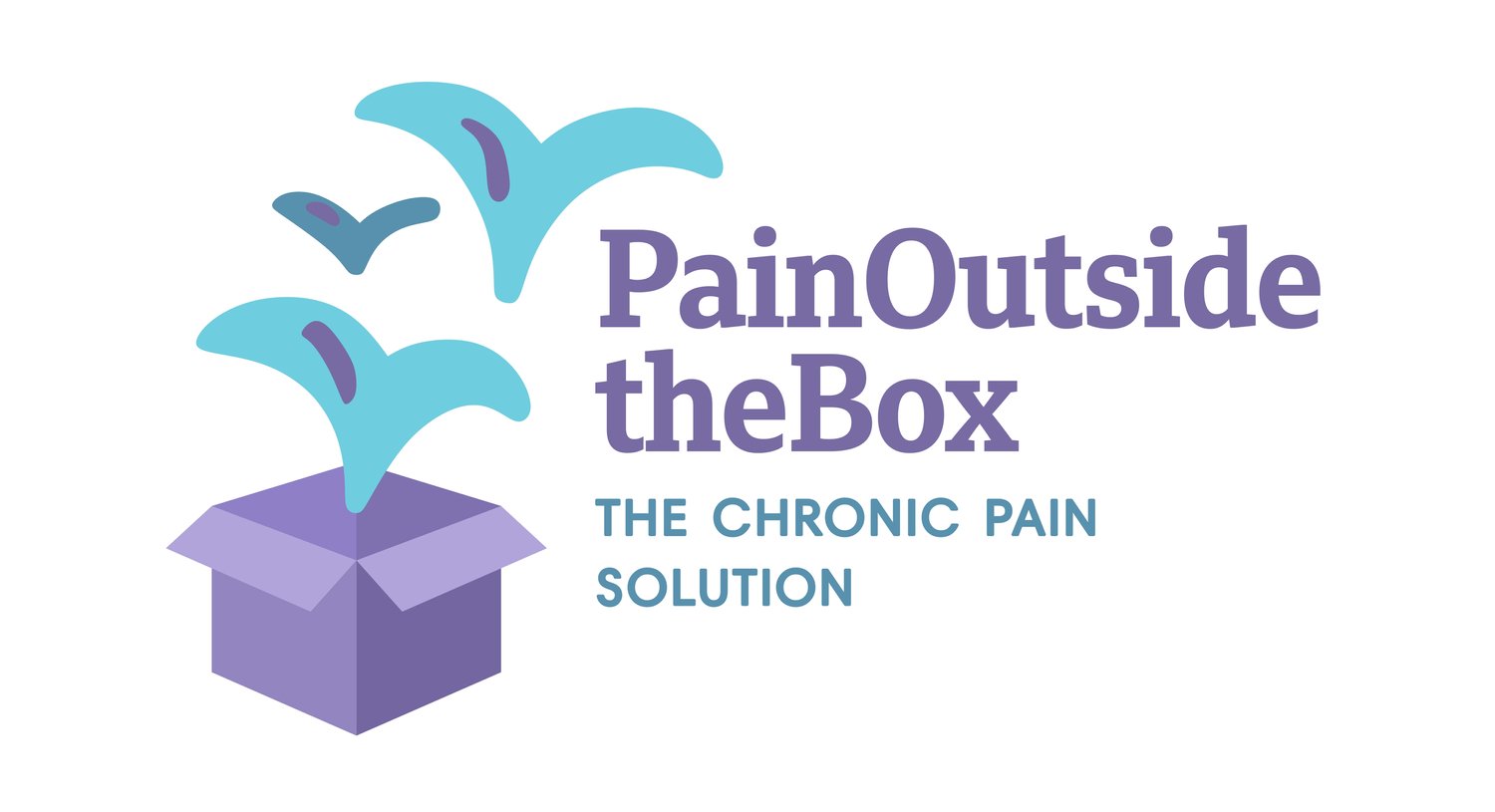The Fight or Flight response - and what it’s got to do with chronic pain!
We’ve all heard about it or witnessed it in one way or another, but here’s a quick recap for you: the flight or flight response is the way both people and animals react when they are (or think they are) in danger.
If we find ourselves face to face with a tiger, our instincts will tell us to run away. This reaction happens automatically, without having to give it a second thought. In that moment, we would run like never before; we’d forget about our bad back or our cranky knee, about how hungry or tired we were just a few seconds before, and just run for our lives, as our body assumes the state of flight. If, on the other hand, we find ourselves cornered by a tiger, with nowhere to escape, then we transition into fight mode. We do our best to fight the tiger, with large rock, a weapon or even our own hands, and we suddenly get a burst of energy and the will to fight for our lives.
The Fight or Flight response, also known as the stress response, is an excellent survival mechanism designed to keep us alive. If we do manage to flee or kill the tiger, we transition out of this state. Our heart beat slows down and eventually gets back to normal, we feel more relaxed, and may even start feeling hungry or tired again. But what happens if we never transition out of fight or flight? What if we are perceiving danger all the time, and our body is constantly on the alert, ready to fight, or escape?
Modern day stress keeps us in fight or flight!
You’d be surprised how many of us are living in a state of constant fight or flight. Whenever we feel stressed and anxious, then we have entered fight or flight, because we feel threatened in some way or another. This has got everything to do with our primal instincts. As human beings, we have evolved to seek safety and security: a safe space where to live, food to eat, and being surrounded by a community and people who care for us. This is because for hundreds of years as humans evolved, being alone or exiled used to mean certain death, and having no shelter made us vulnerable to attack from predators or enemies. For this reason, until this day, if our safety feels threatened in some way, then it is very easy to enter fight or flight.
Even though most of the problems we face in our lives are not life-threatening, our brain may still perceive them as if they were. This is due to the fact that there is a threat to our sense of security, and our subconscious mind is not rational in its perception of that threat - it doesn’t know the difference between perceived danger and real danger. Whether it’s our boss’s disapproval (risk of losing our job), our home loan (that involves risk of losing our house if we don’t pay it), or a minor confrontation with our partner (risk of being rejected), in all of these cases there is a perceived threat. And as our relationships, careers, friendships and safety feel threatened on a daily basis, we keep reinforcing this stressful reaction and stress starts to feel ‘normal’ to us.
Only, it needn’t be so. When our bodies are in fight or flight and the stress response is being triggered continuously, then that’s a recipe for bad health. In TMS sufferers, it is a recipe for chronic pain.
What does stress have to do with chronic pain?
Since we are constantly perceiving danger, and pain is one of the underlying danger signals that neural pathways send to the body to alert us to the fact that we’re in danger, it makes perfect sense for pain to manifest as we’re stressed. Not only that - as we feel the pain, we naturally react with fear, keeping the stress response alive, so that it becomes a two-way thing: Stress leads to pain, and pain leads to even more stress! And as we maintain that stressful state, it becomes easier to keep reproducing that pain, until through conditioning, it becomes TMS or chronic pain*.
It is easy for the fight or flight response to become conditioned in us. As we think the same thoughts each day, or get the same emotional (stressful) triggers, we will keep reproducing the same responses in our brains. Similarly, if the brain keeps sending the same signals, and one of those signals is pain, then the pain becomes conditioned, or automatic. Even if we do overcome a particular situation that is causing us stress, sometimes, it’s too late to revert back to how it was before, because our brain and body have learnt to behave in a certain way, and so the pain or anxiety may persist.
And sometimes, the less aware we are of how stressful, threatening or frustrating a particular situation is to us, the more likely it is for us to experience intense pain. But this is to be tackled in the next lesson on emotional repression.
* Howard Schubiner, Chronic Pain Reconsidered, Psychotherapy Networker


